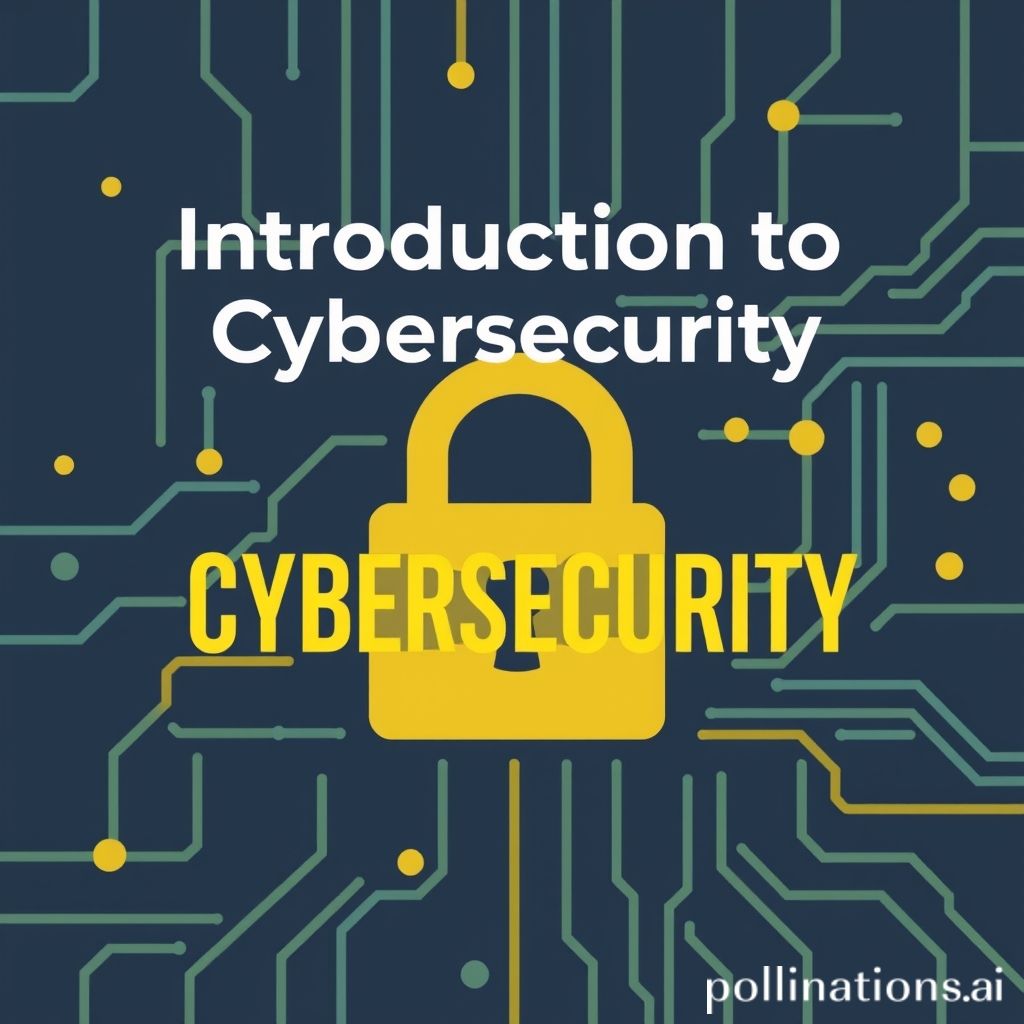
Introduction to Cybersecurity: Protecting Your Code and Systems
In today's digital landscape, the importance of cybersecurity cannot be overstated. As individuals and businesses increasingly rely on technology, securing sensitive data and systems has become paramount. Cybersecurity involves protecting systems, networks, and programs from digital attacks. This article provides an overview of the essential aspects of cybersecurity and highlights methods for safeguarding your code and systems.
Understanding Cybersecurity Threats
Cybersecurity threats come in various forms, and understanding them is the first step in creating effective defenses. Common threats include:
- Malware: Malicious software designed to harm or exploit any programmable device or network.
- Phishing: Scam attempts aimed at obtaining sensitive information by pretending to be a trustworthy entity.
- Spear Phishing: A targeted form of phishing where attackers customize their attacks for specific individuals or organizations.
- Ransomware: A type of malware that encrypts data and demands payment for its release.
- Denial-of-Service (DoS) Attacks: Attempts to make a service unavailable by overwhelming it with traffic.
Best Practices for Cybersecurity
To effectively protect your code and systems, consider implementing the following best practices:
- Regular Software Updates: Keeping your software up to date is crucial for patching vulnerabilities that can be exploited by attackers.
- Strong Password Policies: Encourage the use of complex passwords and change them regularly. Implement multifactor authentication for added security.
- Data Encryption: Encrypt sensitive data both in transit and at rest to protect it from unauthorized access.
- Access Control: Limit access to sensitive information based on user roles and responsibilities to minimize the risk of insider threats.
- Regular Backups: Ensure that critical data is backed up regularly and stored securely offline to mitigate damage from ransomware attacks.
Educating Your Team
A well-informed team is essential in the fight against cyber threats. Conduct regular training sessions to educate employees about:
- Recognizing phishing attempts and other scams.
- Safe browsing practices and the importance of using secure networks.
- The significance of reporting suspicious activities promptly.
Incident Response Planning
Even with robust security measures in place, breaches can still occur. Therefore, having an incident response plan is crucial. Key steps to include in your plan are:
- Establishing a response team with defined roles and responsibilities.
- Creating communication protocols for internal and external stakeholders.
- Developing procedures for assessing and mitigating damage post-incident.
Conclusion
Cybersecurity is an ongoing process that requires continuous vigilance, education, and adaptation to new threats. By understanding potential risks and implementing best practices, you can significantly enhance the security of your code and systems. Commit to building a culture of cybersecurity within your organization to protect against ever-evolving digital threats.
